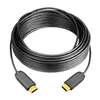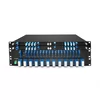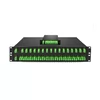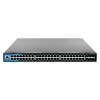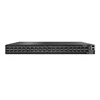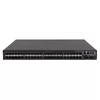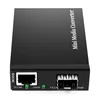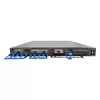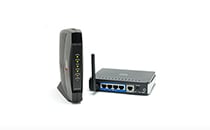News Room/The Development Opportunities And Challenges of Optical Communication Industry in The 5G Network
The Development Opportunities And Challenges of Optical Communication Industry in The 5G Network
Abstract: As the mobile speed is higher and the base station capacity is higher, the requirements of fiber network capacity and fiber connection density are also higher and higher. The role of 5G fiber-optic networks is no longer limited to capacity and delay. It will change the relationship between wireless networks and fiber optic networks, and it will gradually merge into a unified end-to-end network. So what are the main challenges facing 5G? At the same time, what opportunities will 5G bring to optical communications?
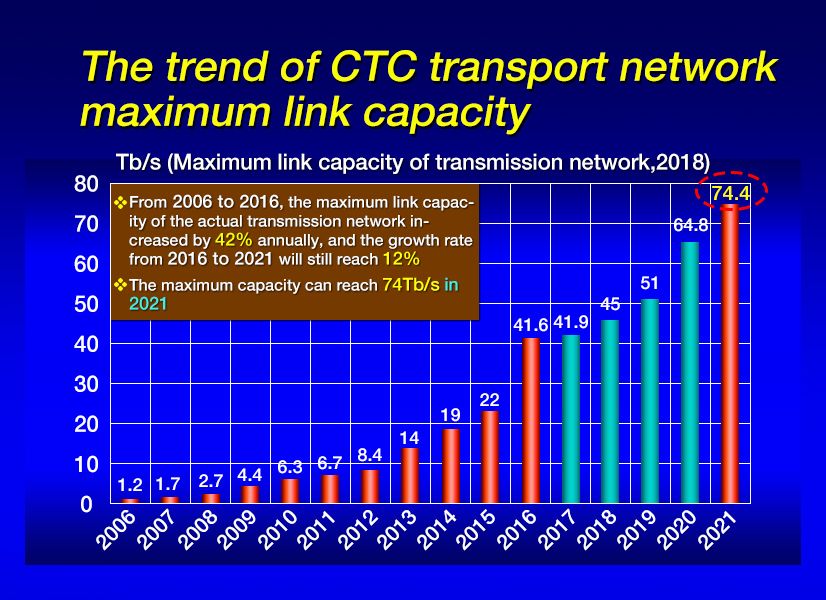
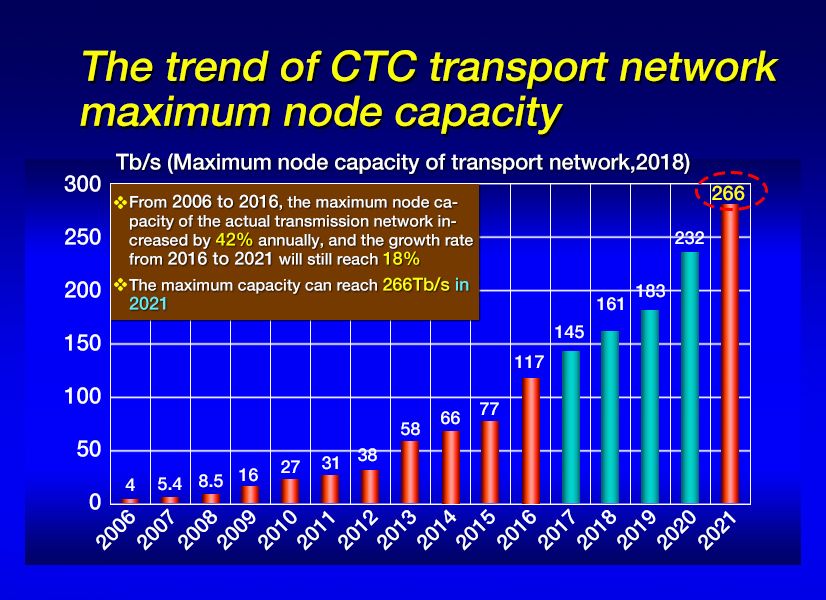
The requirements of the business application are constantly upgraded and extended
A new relationship between 5G and optical infrastructure
5G and optical infrastructure One
A few years ago, some mobile experts believed that with the continuous breakthrough of the mobile interface rate, mobile broadband might replace fiber-optic broadband. On the contrary, from the perspective of the basic theory, wireless is limited to tens of GHz due to its inherent spectrum constraints. At present, optical fiber has at least 10THz. The spectral efficiency of both has approached the Shannon limit, so it will never catch up in terms of speed and capacity.
On the other hand, as the mobile speed is higher and the base station capacity is higher, the requirements of fiber network capacity and fiber connection density are also higher and higher. At the same time, the result of different broadband service competition has also stimulated and driven the rapid development of fiber broadband.
5G competition is evolving into a competition for fiber optic infrastructure!
The main challenges faced by 5G
Technical challenge:
1. The technical and cost challenges brought by the high-frequency spectrum. Below 6G, it is difficult to have a 3 * 200M available frequency spectrum, and the millimeter-wave spectrum must be used eventually (above 24GHz). A large number of small base stations with small coverage, can be significantly improved by multi-wireless, beamforming, and fast scan tracking, can the hole be eradicated?
Market challenges:
What applications require 5G? When can the Internet of Things play a role in revenue? The enthusiasm and urgency of 5G in the vertical industry?
Return on investment challenges:
China started construction of 3G in 2008 and 4G in 2015. Seven years later, free cash flow was -340 billion yuan. 4G only 5 years to build 5G. What are the results?
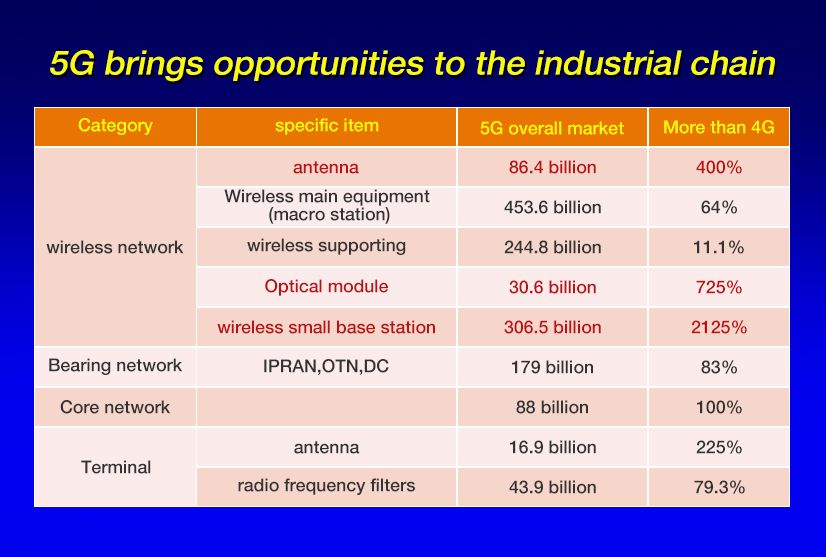
The opportunities for fiber in 5G era:
Demand for the number of fibers is still growing:
1. Considering the current 3.5ghz frequency spectrum, the number of base stations maybe twice that, requiring a large amount of optical fiber interconnection, with at least a few hundred million core kilometers of space.
The requirement of a new type of fiber
1. Backbone high-capacity routing to ultra-low-loss G.654E fiber, 4dB gain.
2. Opportunities for the prequel of single-mode multi-mode universal optical fiber.















